Could experts appointed by the court help to speed up catastrophic injury claims?
Remember the Woolf reforms? So last millennium. These envisaged the use of single joint experts as the norm, causing considerable consternation amongst those of us who handle catastrophic injury cases where the value of the claim, often running into millions, is effectively decided by the experts. What would the parties do if the court was to appoint an expert who was known to be or perceived to be sympathetic to one side or the other?
We need not have worried.
The court has allowed us to appoint our own experts, with the opposite result. It is not unusual for there to be 10 or more experts on the part of the claimant and six on the part of the defendant.
The problem is that there are not enough experienced experts in the areas of catastrophic injury claims (typically spinal and/or brain injury). This leads to considerable delay in obtaining reports, with a six-month waiting list for examination and several months before the report is received being typical. The costs of expert evidence have also increased significantly with the usual laws of supply and demand coming into force.
Civil Procedure Rule 35 and Practice Direction 35 make it absolutely clear that the duty of an expert is to help the court and that this overrides any obligation to the party from whom they receive instructions. The guidance for the instruction of experts in civil claims published in August 2014 by the Civil Justice Council goes even further.
It states at paragraph 11 that a useful test of independence is that the expert would express the same opinion if given the same instructions by another party.
Interestingly, hidden at paragraph 54 is the following: ‘The mandatory statement of the substance of all material instructions should not be incomplete or otherwise tend to mislead. The imperative is transparency. The term “instructions” includes all material that solicitors send to experts. The omission from the statement of ‘off-the-record’ oral instructions is not permitted.’
Matters could not be more clearly stated. So what is the problem? There are a number of issues that arise:
- We operate in an adversarial system. The role of the legal team within proceedings is to succeed on behalf of its client, whether claimant or defendant;
- Defendants perceive themselves as being at a disadvantage. Not only does the claimant (rightly) have the sympathy of the court, his legal team can also go ‘expert shopping’ if they do not like the first report they receive. The defendant cannot do this without the knowledge of the claimant;
- There is a tension between the legal team and the experts. Any lawyer will tell you it is a good thing that the days of the hired gun have gone and that all they really want to know is the situation as it is so that they can deal with it. That may be the truth but it is not the whole truth. They want their expert to assist them in putting their best case forward. This is to persuade the court, that, upon the balance of probability, their expert evidence is correct. Clearly, this is at odds with the role of the expert;
- It is a matter of fact that, with precious few notable exceptions, the claimant’s experts will be more pessimistic upon prognosis and greater on expense than the defendants. Whilst some of this will be as a result of natural selection, there still seems to be some form of osmosis which creates a more optimistic environment in the defendant camp and a more pessimistic one with the claimants;
- The relationship between the legal team and the expert might best be summed up by ‘can’t live with them, can’t live without them’;
- The problem becomes exacerbated at joint report stage. The experts will have put forward their views confidently up until that stage. The joint report is then prepared and there is no resemblance to either of the original reports. This, notwithstanding that the role of the expert is ‘not to seek to settle the proceedings’ (paragraph 69 of the CJC guidance for the instruction of experts).
So what can be done to assist the situation? There are two areas of change. The first is ‘hot-tubbing’. The effect of this is to turn the adversarial process into an inquisitorial one. The judge questions the two experts together before the advocates have their opportunity to examine and cross-examine.
This is likely to reinforce to all the role of the expert in assisting the court.
The second arises out of the recently formed MedCo for cases within the portal where experts have to be chosen from a list provided. For the first time, the parties do not have freedom to choose their own experts. We are one step closer to court-appointed experts.
If this is successful in assisting with the resolution of cases at an earlier stage, what grounds are there for not introducing this to claims involving catastrophic injury?
Rod Evans is a partner at Parabis Law


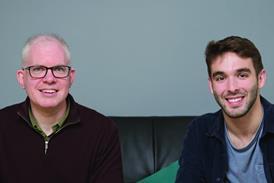

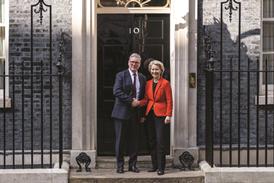










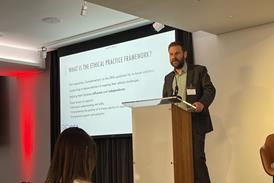

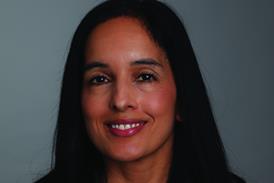

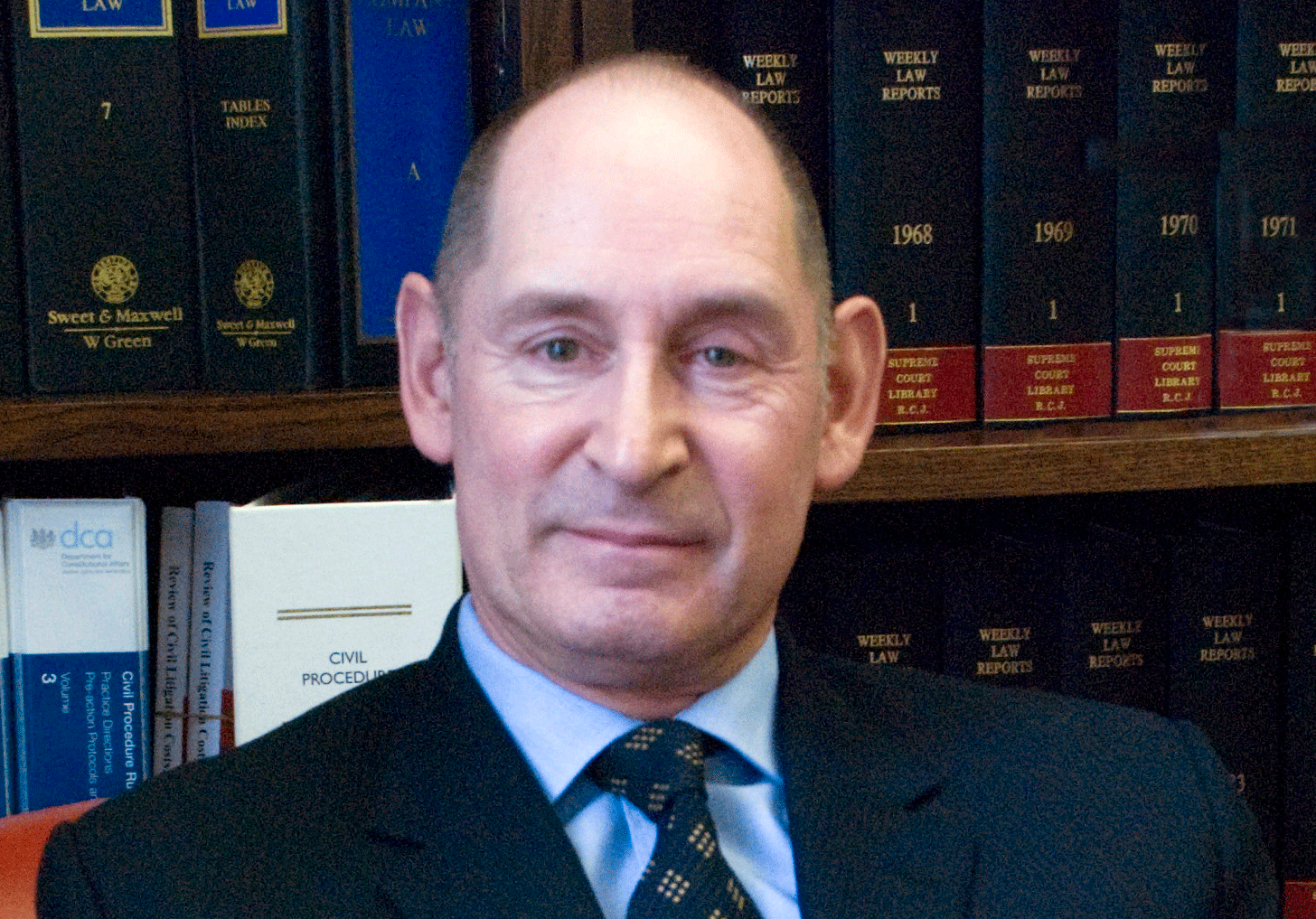










1 Reader's comment